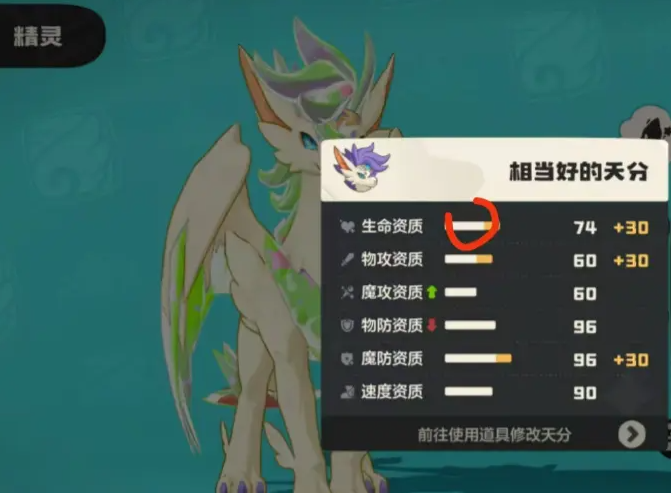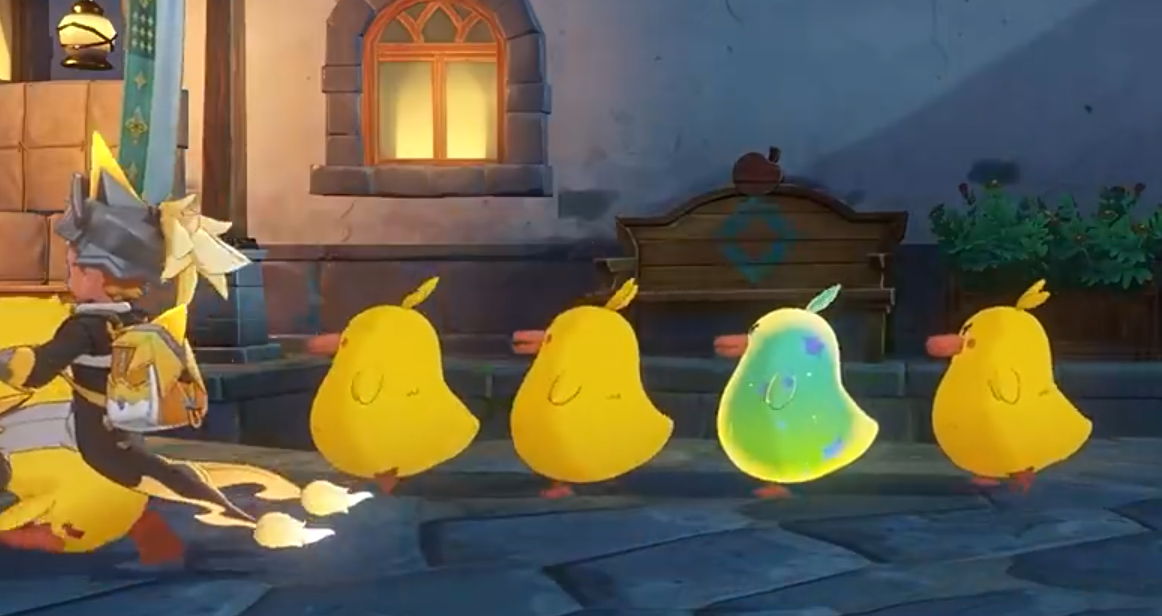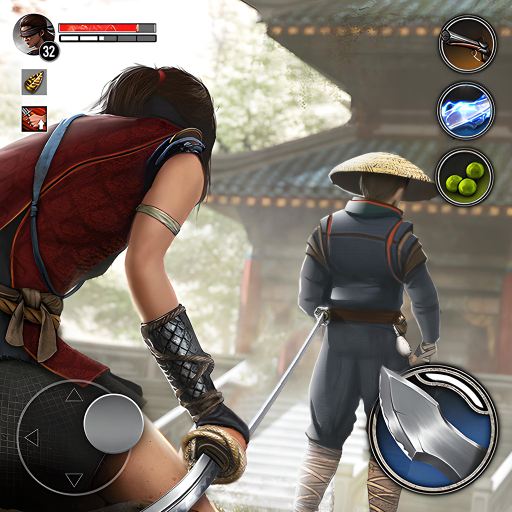In this issue, we will be sharing the complete guide to seahorses and seadragons in Dave the Diver's underwater world. In the deep-sea world of Dave the Diver, seahorses and seadragons are not only astonishing marine creatures but also an essential part of the player's collection and special gameplay. From white seahorses to the rare ruby seadragon, these creatures inhabit different areas and have unique appearances and characteristics.
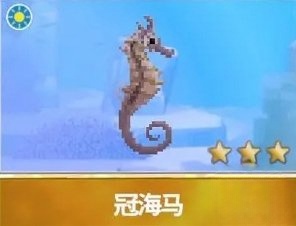
The white seahorse is one of the earliest types of seahorses players can encounter, commonly found in shallow waters. They display an elegant posture with their pure white bodies, making them relatively easy to spot and catch, ideal for beginners to unlock the guide. As players delve deeper into exploration, pot-bellied seahorses and coronet seahorses appear in slightly deeper waters. The pot-bellied seahorse stands out with its rounder body structure, requiring attention to its faster swimming speed when catching it. The coronet seahorse is known for its crown-like protrusion on its head, often found near coral reefs, mixed with other fish, and easily missed if not careful.
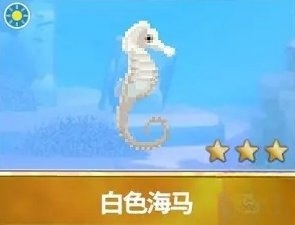
The pygmy seahorse is the smallest among many seahorses, making it almost invisible among seaweed and corals due to its tiny size. Players need to observe carefully in darker environments to spot it. The humpback seahorse, on the other hand, is easier to recognize due to the curve on its back, commonly found in deeper areas of blue holes. Meanwhile, the spiny seahorse and Gorgonian seahorse are two rarer species. The spiny seahorse is marked by the spikes on its body, usually inhabiting rocky walls; the Gorgonian seahorse has a slender body and graceful movement, making it highly valuable for its aesthetic appeal.
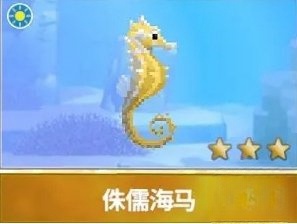
In deeper waters, players can encounter upright seahorses and longsnout seahorses. The upright seahorse has a straight body structure, often appearing in a "standing" position, while the longsnout seahorse is named for its elongated snout, commonly found in the depths of blue holes. The Pacific seahorse and Kuda seahorse are more common in mid-level areas, widely distributed with moderate difficulty in catching. Especially the Kuda seahorse, with its rich colors and high economic value, is an excellent choice for sushi preparation.
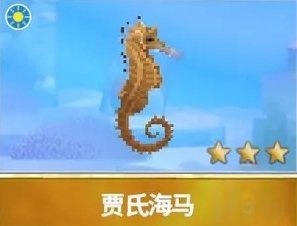
The tiger-tail seahorse and striped seahorse present greater challenges. The tiger-tail seahorse is named for its black and yellow-striped tail, typically found in deep rock crevices, requiring patient searching. The striped seahorse is a rare visitor to stalactite caves, with a very low appearance rate, making it the most challenging item for the guide collection. It is prized by collectors for its delicate striped pattern but requires multiple attempts and even relies on refresh mechanisms to capture.
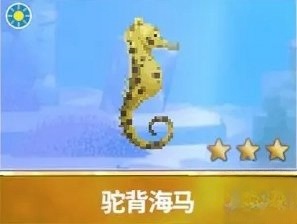
Besides seahorses, the seadragon family is another astonishing presence in the deep sea. Leafy seadragons and weedy seadragons are often found in glacial regions, especially when mining in main cave tunnels or ore mines. The leafy seadragon blends seamlessly with seaweed due to its green body, while the weedy seadragon resembles floating leaves, moving gracefully. Both are popular choices for seahorse races in casinos, highly valued for their rarity and worth.

Finally, the rarest ruby seadragon is the pinnacle of the guide. It inhabits hydrothermal vent areas, with an extremely low probability of appearing only when players mine ruby ores. Its bright red body, resembling burning flames, makes it stand out in the deep sea. Capturing the ruby seadragon is not only the pinnacle of the guide but also a symbol of the player's prowess.
